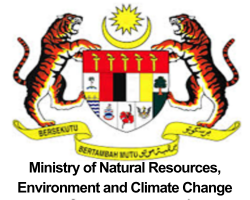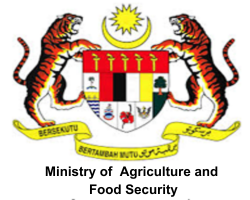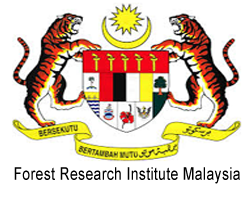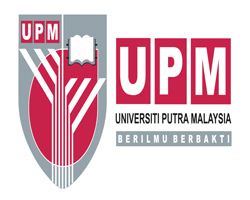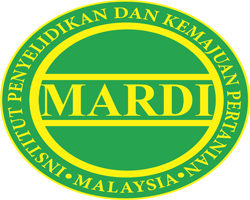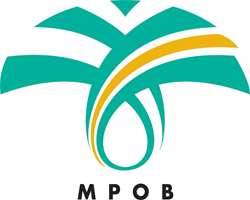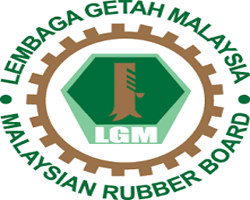Mohan Rai, Krishan and Balasubramanian, Vimal Kumar and Welker, Cassie Marie and Pang, Mingxiong and Hii, Mei Mei and Mendu, Venugopal (2015) Genome wide comprehensive analysis and web resource development on cell wall degrading enzymes from phyto-parasitic nematodes. [Research Paper]
|
Text
Nematode.pdf Restricted to Repository staff only Download (2MB) |
Abstract
The plant cell wall serves as a primary barrier against pathogen invasion. The success of a plant pathogen largely depends on its ability to overcome this barrier. During the infection process, plant parasitic nematodes secrete cell wall degrading enzymes (CWDEs) apart from piercing with their stylet, a sharp and hard mouthpart used for successful infection. CWDEs typically consist of cellulases, hemicellulases, and pectinases, which help the nematode to infect and establish the feeding structure or form a cyst. The study of nematode cell wall degrading enzymes not only enhance our understanding of the interaction between nematodes and their host, but also provides information on a novel source of enzymes for their potential use in biomass based biofuel/bioproduct industries. Although there is comprehensive information available on genome wide analysis of CWDEs for bacteria, fungi, termites and plants, but no comprehensive information available for plant pathogenic nematodes. Herein we have performed a genome wide analysis of CWDEs from the genome sequenced phyto pathogenic nematode species and developed a comprehensive publicly available database. Results: In the present study, we have performed a genome wide analysis for the presence of CWDEs from five plant parasitic nematode species with fully sequenced genomes covering three genera viz. Bursaphelenchus, Glorodera and Meloidogyne. Using the Hidden Markov Models (HMM) conserved domain profiles of the respective gene families, we have identified 530 genes encoding CWDEs that are distributed among 24 gene families of glycoside hydrolases (412) and polysaccharide lyases (118). Furthermore, expression profiles of these genes were analyzed across the life cycle of a potato cyst nematode. Most genes were found to have moderate to high expression from early to late infectious stages, while some clusters were invasion stage specific, indicating the role of these enzymes in the nematode’s infection and establishment process. Additionally, we have also developed a Nematode’s Plant Cell Wall Degrading Enzyme (NCWDE) database as a platform to provide a comprehensive outcome of the present study. Conclusions: Our study provides collective information about different families of CWDEs from five different sequenced plant pathogenic nematode species. The outcomes of this study will help in developing better strategies to curtail the nematode infection, as well as help in identification of novel cell wall degrading enzymes for biofuel/bioproduct industries.
| Item Type: | Research Paper |
|---|---|
| Creators: | Mohan Rai, Krishan and Balasubramanian, Vimal Kumar and Welker, Cassie Marie and Pang, Mingxiong and Hii, Mei Mei and Mendu, Venugopal |
| Title: | Genome wide comprehensive analysis and web resource development on cell wall degrading enzymes from phyto-parasitic nematodes |
| Date: | 2015 |
| Location: | Sarawak Biodiversity Centre website |
| Publication: | Sarawak Biodiversity Centre |
| Physical Description: | 15p. |
| Date Deposited: | 28 Nov 2017 02:48 |
| Last Modified: | 04 Oct 2018 01:44 |
| URI: | http://myagric.upm.edu.my/id/eprint/11913 |
Actions (login required)
 |
View Item |

